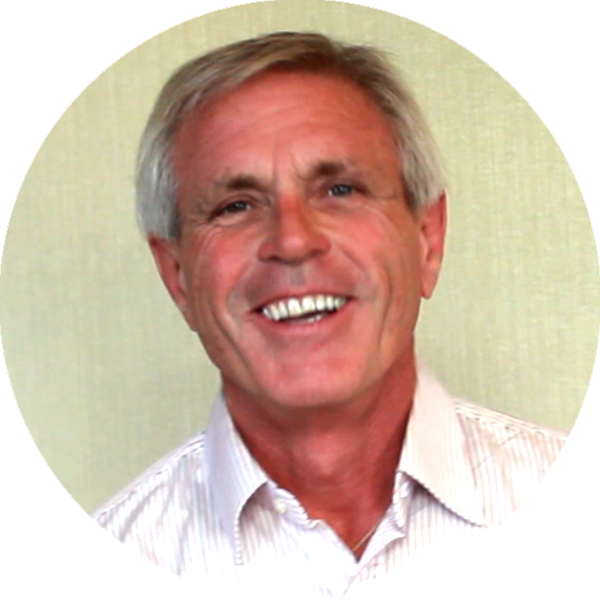

Fascia does not only envelope the whole body, it turns the way we look at the body upside down
Since the 70s Tom Myers has been one of the strongest proponents for increasing the understanding of the Fascia.
At the Fascia Research Congress 2015, we interviewed Myers and asked him to simply answer the question: What is Fascia?
Click on the subtitle symbol for a subtitled version
I’m Tom Myers and I’m the author of Anatomy Trains and I’ve been working with the body since 1974, which makes me a senior in this industry.
And since in 1975 I became interested in fascial tissue or connective tissues, which run between everything in the body. Your brain is in encased in fascial tissue, your heart is in encased in fascial tissue, your guts are encased in fascial tissue, and all of your muscles and joints are encased in this fibrous tissue.
It’s the biological fabric that holds us together.
And we have talked about the musculoskeletal system, and in talking about the bones and the muscles we leave out the system that connects between the two. We do talk about tendons and we do talk about ligaments, but those are individual structures, and this whole biological fabric, it’s clear, from the current research, which really has only happened in the last ten years, this was something that massage therapists and physiotherapists and sportspeople knew intuitively, but really the research is now showing that this whole fabric works together.
So when you go to a physiotherapist, when you talk to a surgeon, and you’re looking for what failed. The ACL (The Anterior cruciate ligament), or this ligament, or that tendon failed and we must fix that part. And very often, what causes something to fail, especially if we’re talking about a chronic injury, is something at great distance.
So a problem in your foot can end up as a … Dysfunction in your foot can end up as a problem in your hip. A dysfunction in your hip can end up as a pain in your neck.
And these kinds of things have not been considered, because we’ve just been looking at the little local parts.
And so it’s kind of a revolution akin to the difference between the Newtonian solar system and the Einsteinian solar system, the way of looking at things from Albert Einstein, we are now … I suppose that’s a bit of a grandiose comparison, but now the idea of the body as a whole has real grounding in the scientific world.
And this is practical to anybody who’s doing sports, anybody who’s getting older, anybody who has a body, and it actually applies to our children too.
How do we educate children, especially in this era, where children are going to be more and more attached to their electronic devices, and more and more living in a virtual world, how do we keep the body literate, kinesthetically literate?
What do we need to teach our kids so that they can successfully live in a body, while actually also, of course, living in the world of the internet, because that’s going to be the world of the future?
These are the kinds of questions that engage my mind, because we are really entering this era where less and less demand is on the body, and yet we still need that body to function properly.
Fascia, this congress that we’re here, is part of that picture of how we’re all held together, and it’s a very exciting field




















































